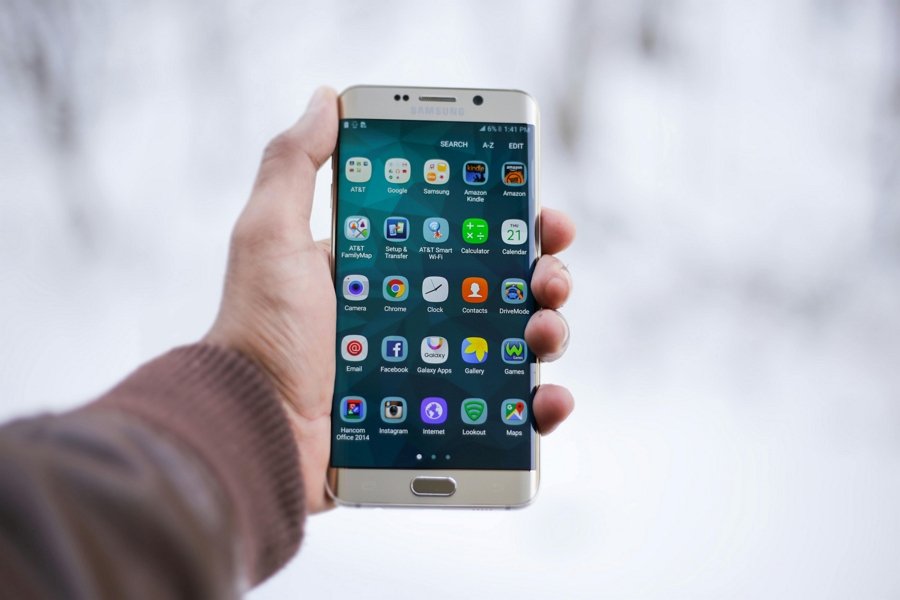If you’ve ever had to factory reset your Android phone or get a new device, you know how frustrating it can be to lose all your apps, settings, and data. Thankfully, there are several ways to backup your Android apps and data to make the transition to a new phone much smoother. In this article, we’ll walk through the different methods to safeguard your Android apps and information.
1. Using Google One for Automatic Backups
The easiest way to backup your Android apps and data is by using Google One, Google’s cloud storage and backup service. It allows for simple, seamless backups and comes with 15GB of free storage for all Google accounts. Here’s how to set it up:
- Download the Google One app from the Play Store and open it
- Tap Setup backup and then Turn On to enable automatic backups
- Choose what data you want to backup, including app data, messages, device settings, and photos/videos
- Tap Back up now to perform your first backup
Google One will then automatically backup your selected data over Wi-Fi when your phone is idle and charging. You can access and manage your backups anytime from the Google One app or website.
2. Manual App Backups with Third-Party Apps
For more control over your app backups, you can use a third-party backup app from the Play Store. Two popular options are Swift Backup and Titanium Backup. These allow you to:
- Backup individual apps and their data
- Backup system settings and call logs
- Schedule automatic backups
- Upload backups to cloud storage
- Restore apps and data to a new device
To use a backup app:
- Download and install the app of your choice from the Play Store
- Grant it the necessary permissions
- Select the apps and data you want to backup
- Choose a backup location (device storage or cloud)
- Tap Backup to create your backup
Keep in mind some backup apps may require root access for full functionality. Be sure to carefully research any app before granting it extensive permissions on your device.
3. Backing Up to Your Computer
Another way to backup your Android apps and data is by connecting your phone to a computer. This allows you to copy files directly to your computer’s hard drive for safekeeping.
For Windows PCs:
- Connect your phone to your computer with a USB cable
- On your phone, tap Charging this device via USB and change it to File Transfer
- On your computer, open This PC and double-click your Android device
- Copy the desired folders (like Pictures, Downloads, or a backup folder) to your computer
For Macs:
- Download and install Android File Transfer
- Connect your phone and open Android File Transfer
- Drag and drop folders from your phone to your Mac
Backing up to a computer is a good option if you have a lot of data that won’t fit in free cloud storage. Just be sure to copy your backups to an external drive or a cloud service for redundancy.
4. App-Specific Backups
Some Android apps have their own built-in backup and sync functionality. For example:
- WhatsApp can backup your chats and media to Google Drive
- Google Photos automatically syncs your pictures and videos
- Many games use Google Play Games to save your progress
Check the settings of your most important apps to see if they offer a backup or sync option. Enabling these can provide an extra layer of data protection.
Conclusion
Losing your Android apps and data can be stressful, but it doesn’t have to be. By using automatic backups with Google One, creating manual backups with third-party apps, copying files to your computer, and enabling app-specific backups, you can thoroughly safeguard your Android phone’s contents.
Get in the habit of regularly backing up so you’re always prepared in case you need to factory reset or switch devices. With these backup methods, you can rest assured your Android apps and precious data will be preserved.

Leave a Reply